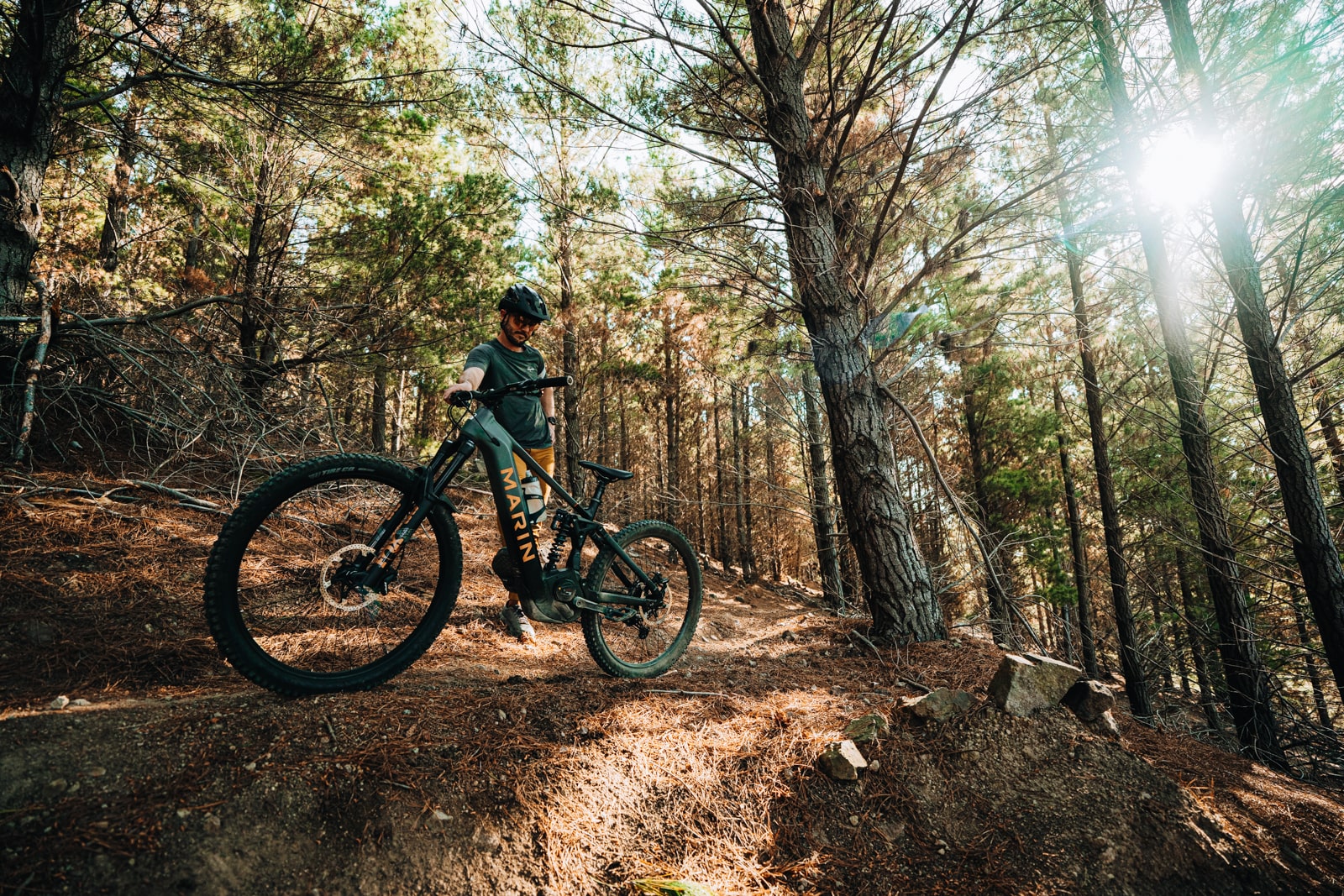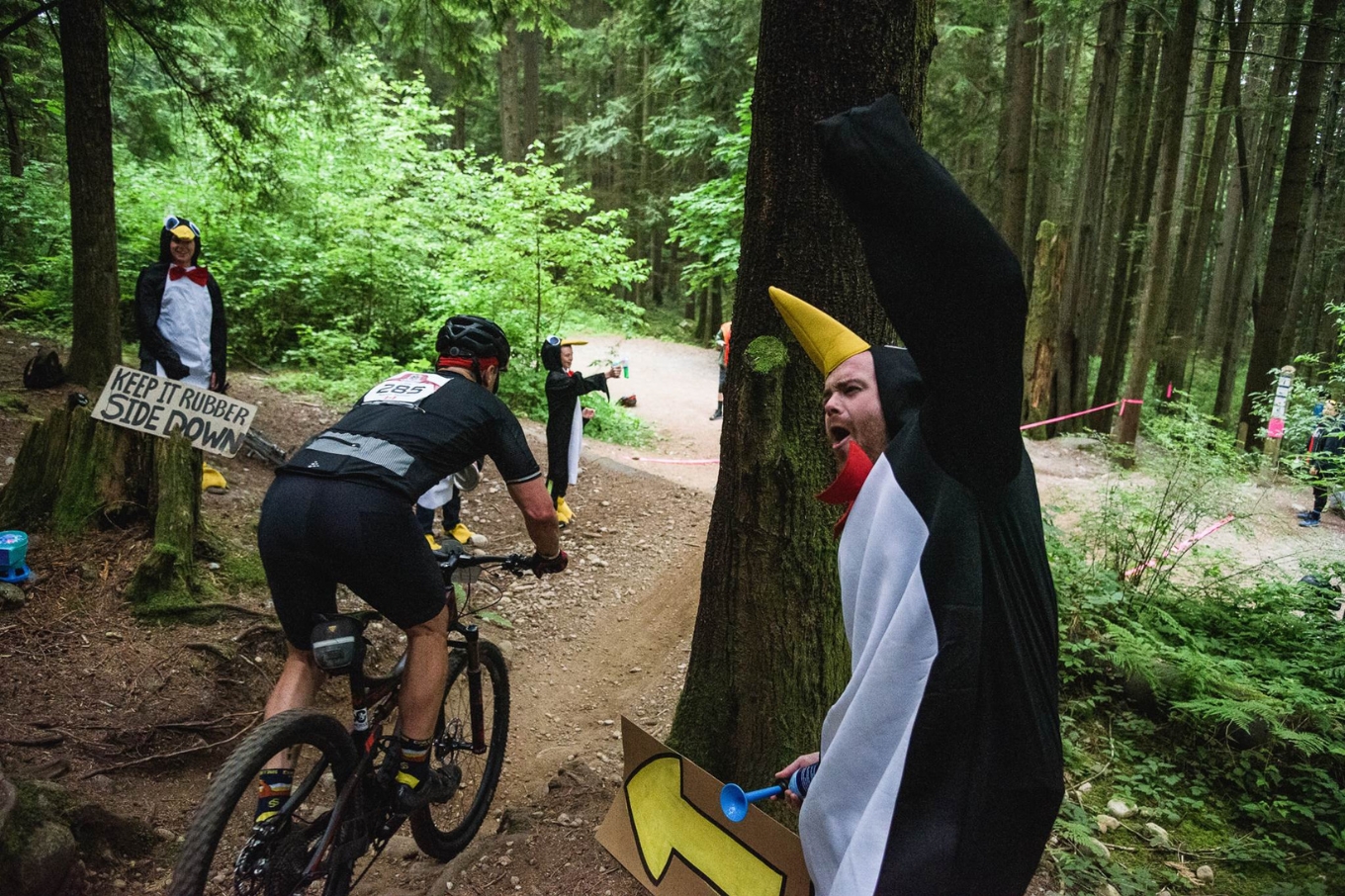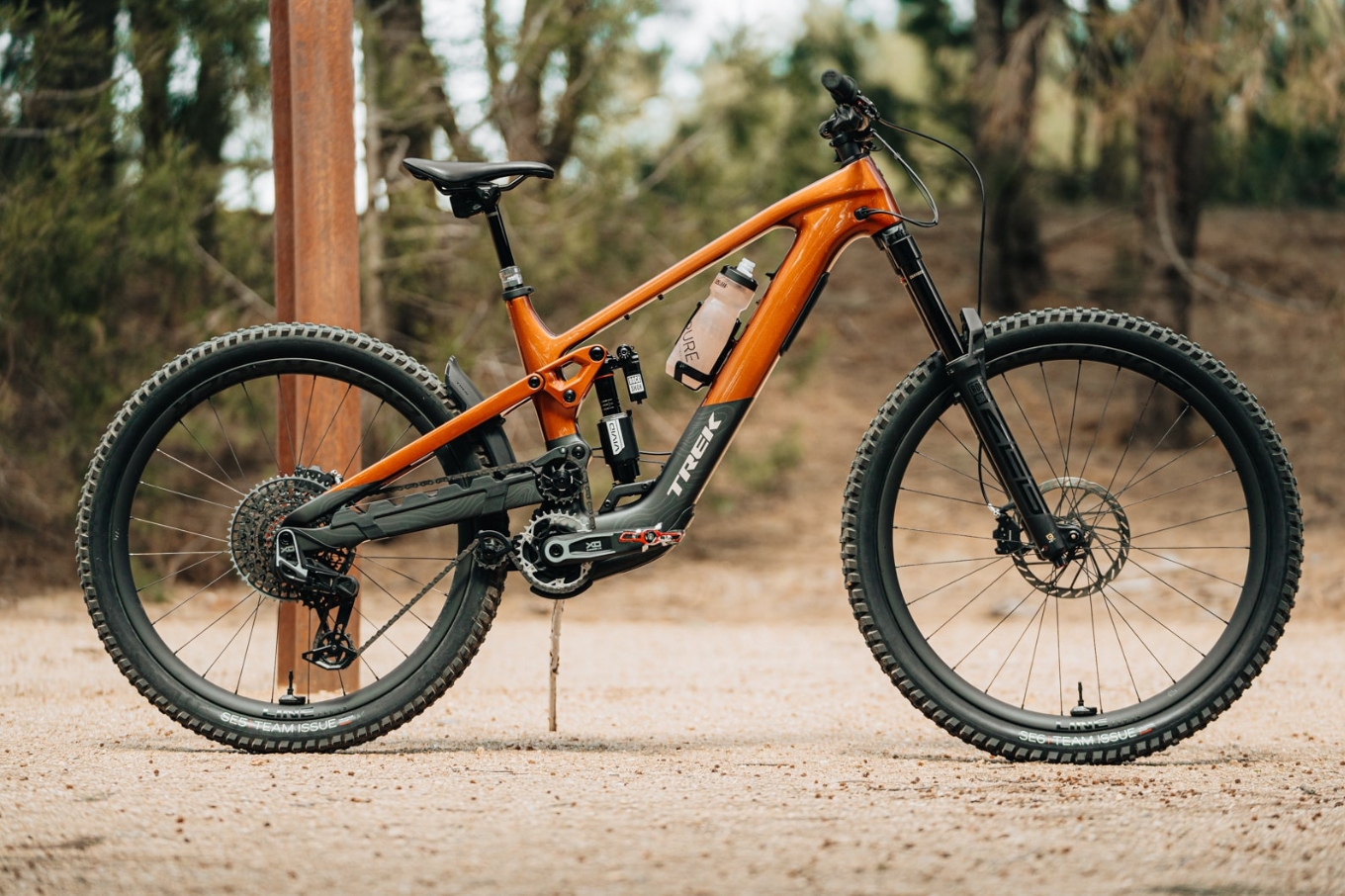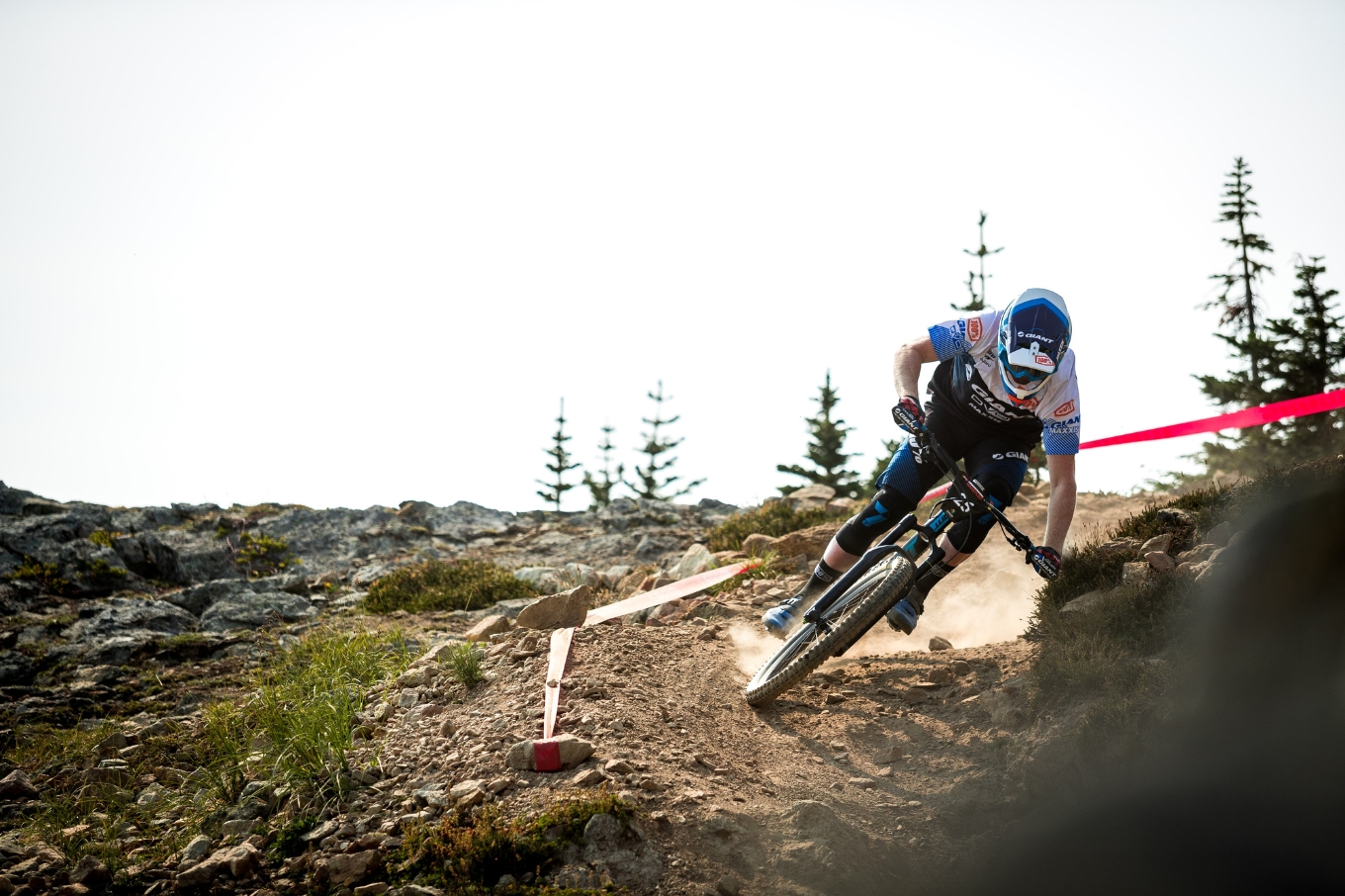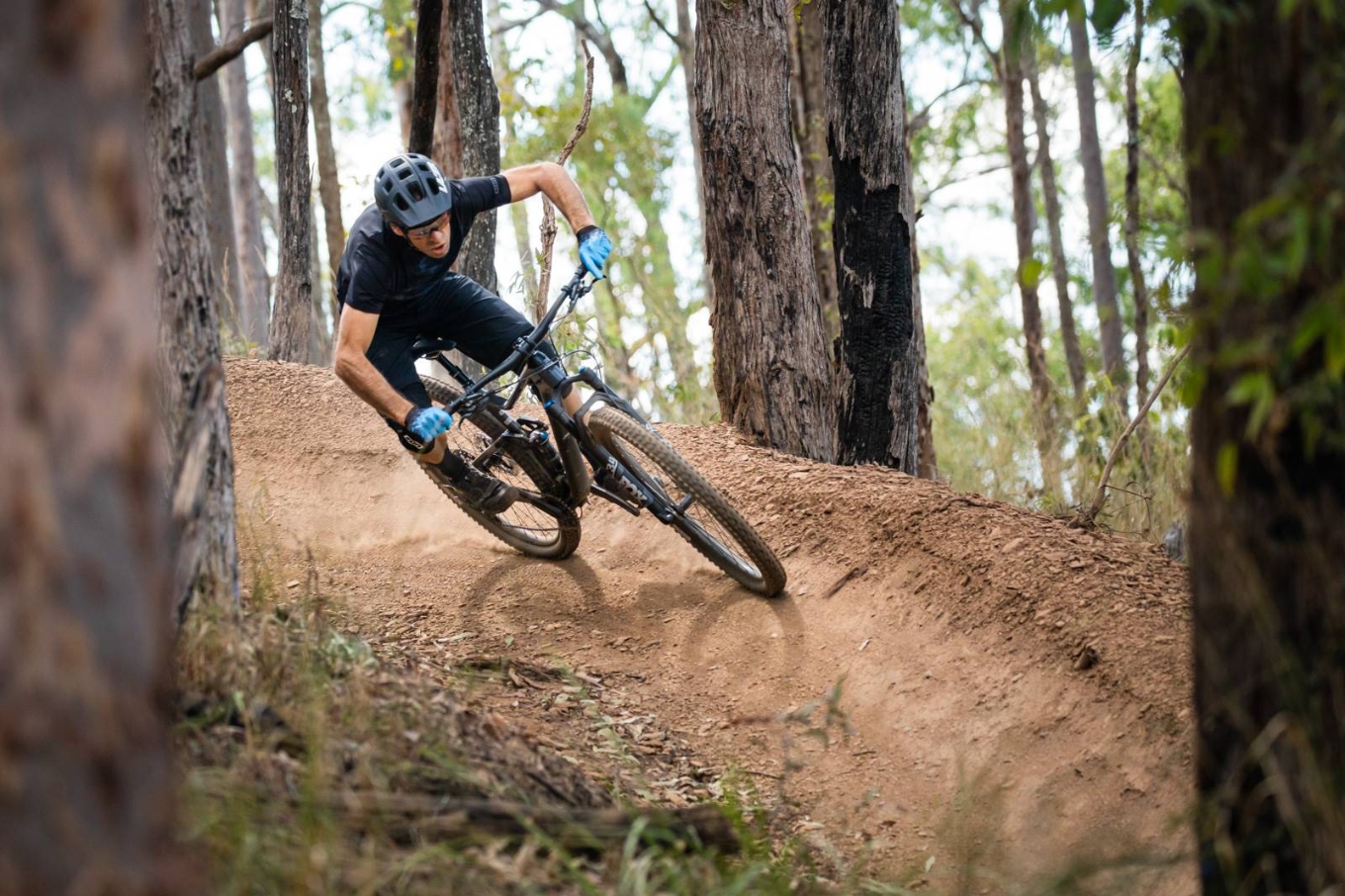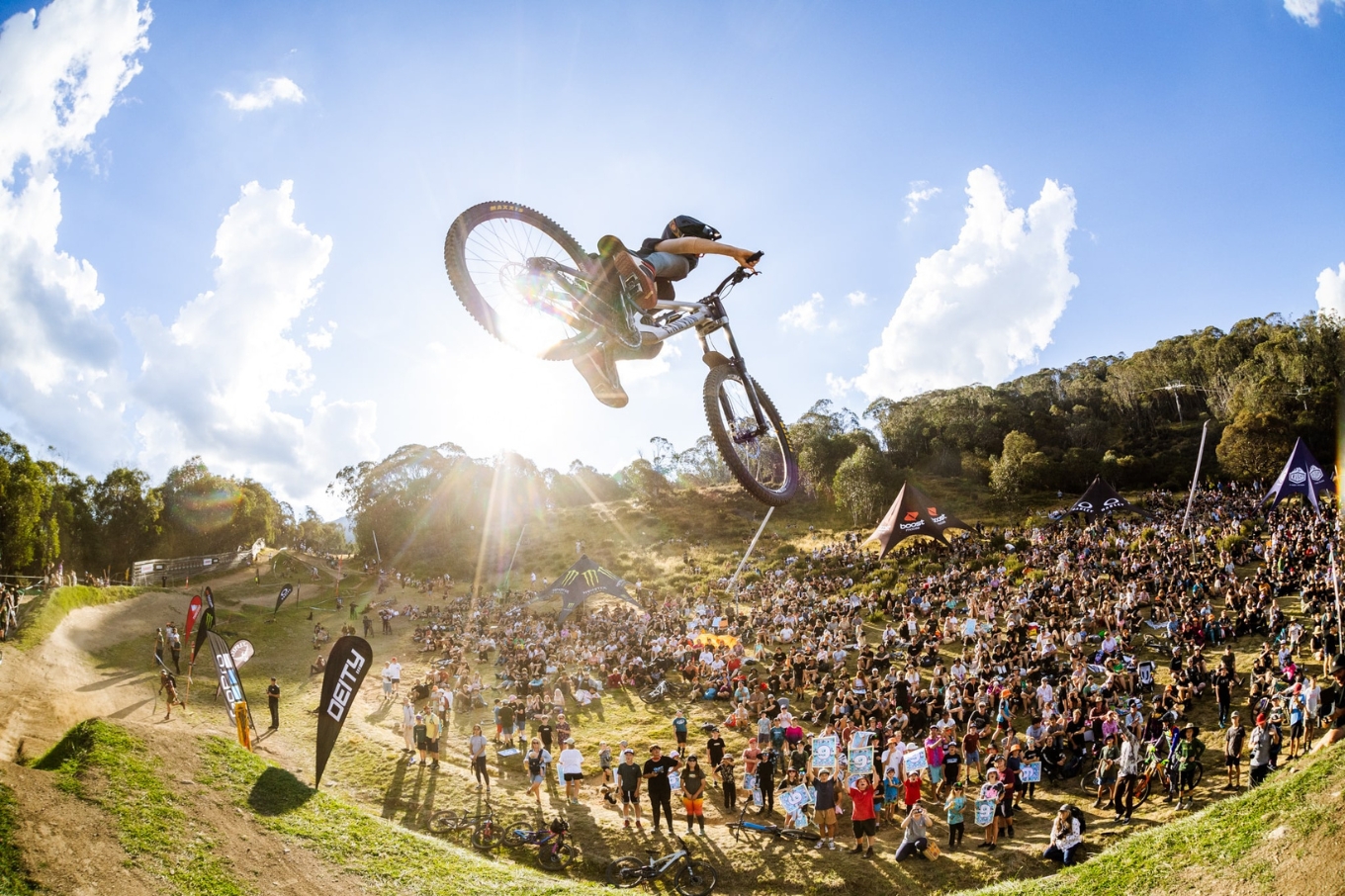Tested: Bosch Performance Line CX E-MTB mode
Bosch's upgrade adds a new variable power mode to their e-bikes, designed to make your pedal assist ride feel totally natural.
Words: Tim Bardsley-Smith
E-bikes have now been in our cycling community for a while now, and it’s nice to see them starting to develop real technology aimed at us mountain bikers. Bosch has been one of the biggest and most well-known brands to first develop E-bike systems from the start. Although there are now a few other companies dipping their feet in to the electrified waters so to speak, Bosch continues to have the lion’s share of the market – thanks mainly to their pedal assisted commuting and touring systems.
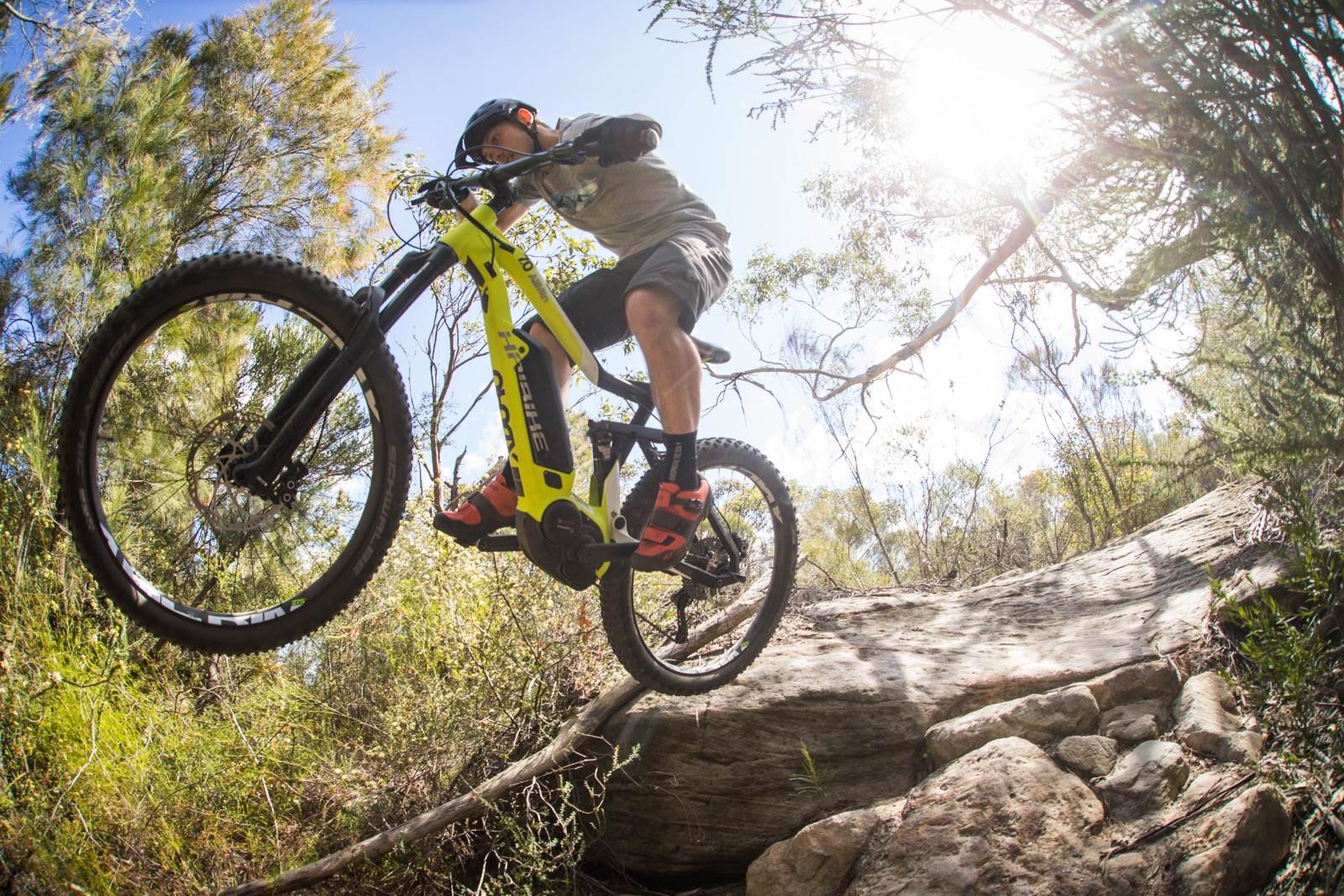
E-MTBs won't ruin mountain biking – here's why.
MTB specific systems from Bosch, Shimano and Yamaha are making waves in the E-MTB sector, most notably Shimano with their new ‘Steps e-8000’ system integrating with their advanced MTB Di2 drivetrain.
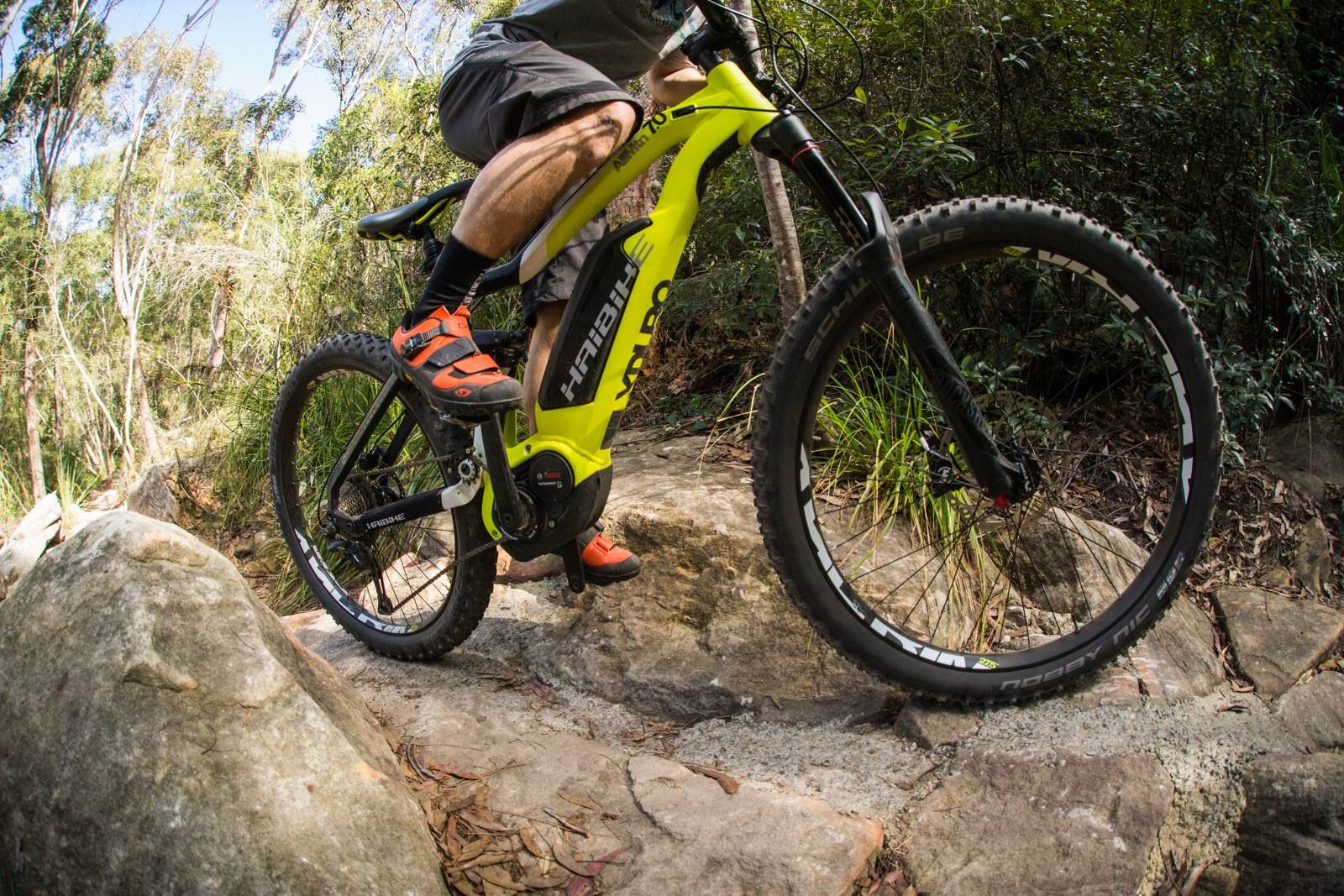
Bosch are now trying to make sure they continue their success and have had their engineers look into what E-MTB riders specifically want from their with pedal assisted bikes. They found most E-MTB riders just want to get on and ride – and not worry about changing the power settings as they go. They also desire more of an automatic type feeling to the power. That is, it feels a lot like riding their normal bike, just with the added assistance to get them up the climbs.

Bosch engineers have now subsequently released a firmware upgrade for their ‘Performance Line CX’ system. The upgrade adds an additional mode in between the Touring and Turbo settings. Called the E-MTB mode, it’s a variable power mode that delivers a power percentage in an almost S-curve configuration, where power ramps up from 120% exponentially before it then peters out to its maximum 300% power.

This is all gauged off sensors in the system and the power you are putting in with your pedalling. It aims to give you a much more natural feeling ride. It also help’s considerably with traction in the early stages of a climb, keeping the power output lower until you get going, helping to reduce wheel spin and subsequent loss of balance and control.
Better by Bosch – testing the Merida Big.NIne Bosch equipped hardtail.
Trail time on the Bosch E-MTB setting
To coincide with the E-MTB mode’s release, Bosch Australia gathered a group of journalists to ride a varying mix of power assisted bikes with their ‘Performance Line CX’ systems and the new upgraded firmware to test out the new mode. Manly Dam in Sydney’s Northern beaches area was the trail of choice – with a good selection of technical climbs it was perfect to put this system and its new mode to the test.
Don't miss our test on the Merida E-160 900!

Coming from riding the new Shimano Step’s system in more recent times I was very interested to see how the Bosch system behaved as a whole, and how the E-MTB mode more specifically felt whilst riding trails I knew well. To be honest it’s quite difficult to test E-MTB systems as most are very similar and the differences are quite small. The biggest variables you notice come down to the bike the system is bolted to, as it’s by far the biggest factor. Nevertheless, the power delivery in the E-MTB mode was a lot smoother and less surgy than other systems and I could immediately see the benefits – in particular for less experienced riders.
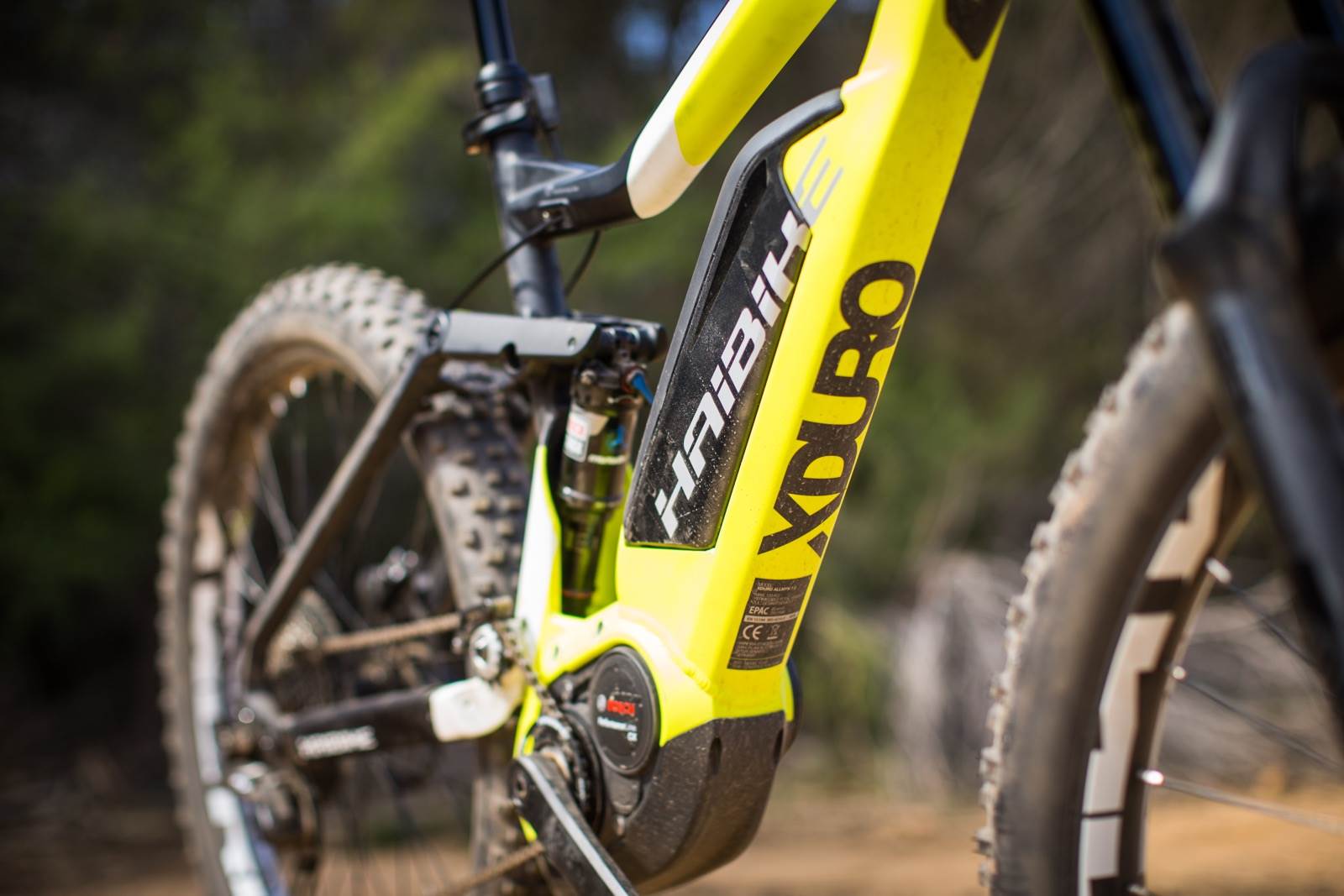
Let’s face it, the majority if people buying E-mtb’s are reasonably new to riding, so it’s a really good fit. The simplicity of the E-MTB mode to reduce the complexity of mountain biking really just helps introduce them in the best possible way.
As a more advanced rider I definitely felt I’d personally rather have the control, and found myself either sitting in ‘Touring’ mode to conserve battery or ‘Turbo’ mode to really punch it up the hills. However you really need to understand how the system will behave to do this, be thinking ahead and be prepared. It’s a lot to think about. What mode am I in? What gear am I in? Do I need to reduce my gearing? Or even possibly increase it? Depending on the mode you’ve chosen. These decisions often need to be made with split-second timing. Mess it up and you’ll lose traction on the rear, or even lift the front wheel slightly and lose traction there, which you obviously need for steering. Mess shifting the gears up, and you can brake chains, and prematurely ware your drivetrain.
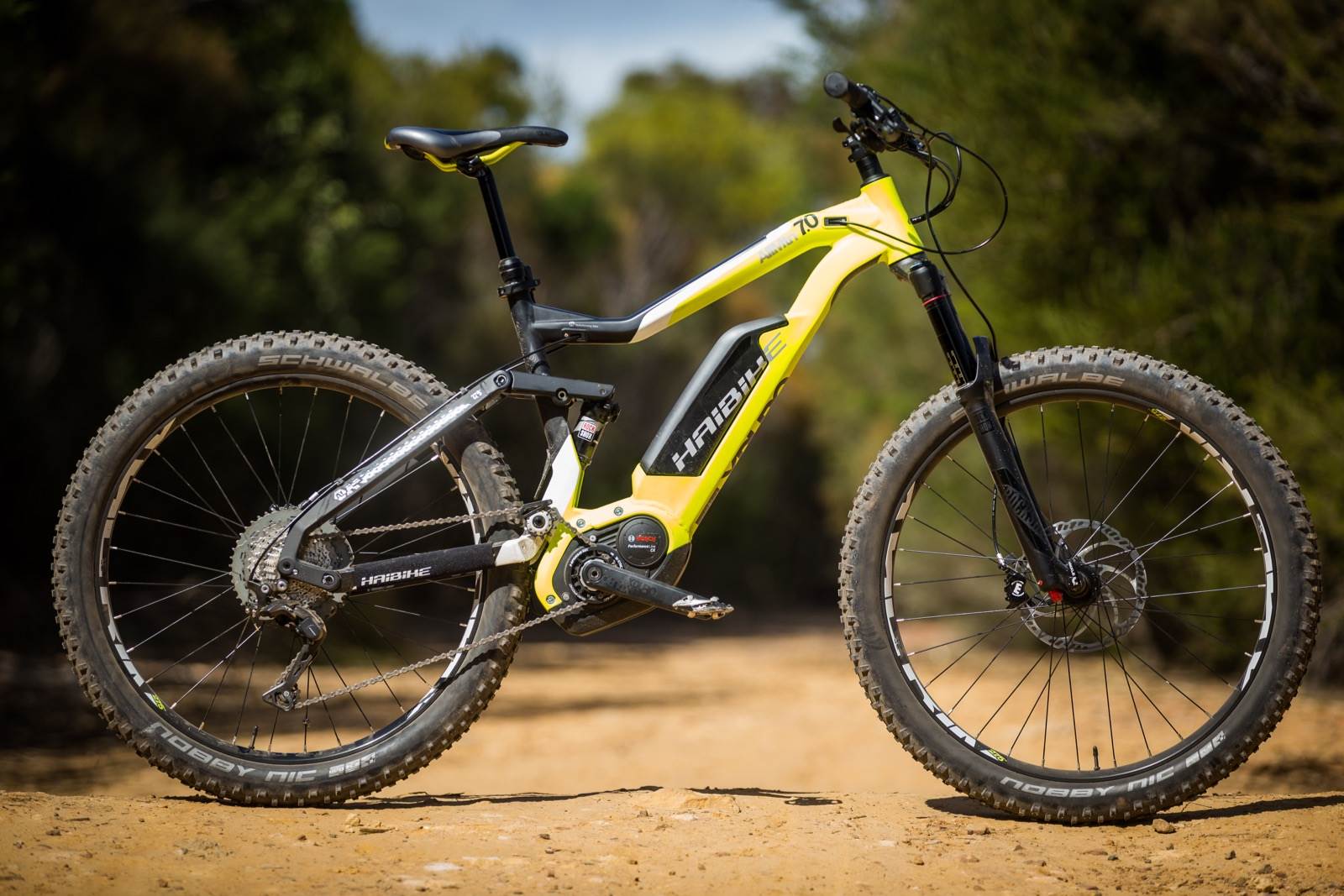
It’s a lot like the difference between driving a manual Car or an automatic one. In saying all that, it’s nice to have the E-MTB mode. You want a little more power than ‘Touring’ mode, but don’t want to drain your battery in ‘Turbo’ mode. It’s also a feature many will desire in a new E-MTB purchase.
The rest of the Bosch system performed as you would expect, with a few things that may affect a more experienced and “hard-core” rider. Bosch have developed a more MTB orientated screen – it’s significantly smaller than the screen controller found on their commuting and touring bike systems. However it’s still quite large compared to Shimano’s Di2 screen and shifters, and obviously Specialized’s non-existent screen, which uses an App on your phone instead. The buttons are also far less tactile, which can result in bumping the buttons too much (or not enough) when changing modes – and then easily skip the mode you desire. It’s a small issue, and one I’m sure Bosch are looking at remedying.
All in all, the system works great and the new E-MTB mode is a great addition. It hits Bosch’s goal to make the riding feeling as natural as possible and will help new riders begin their journey in the amazing world we love to play. However, it also gives old riders a new lease in their MTB lives. The new mode will allow you to switch off and forget that you’re riding anything different from a regular bike.

